Ever since Angelina Jolie walked through the enchanting sites of Angkor Wat in Tomb Raider, the mysterious temple has caught many eyes. Nestled in the heart of Southeast Asia, Cambodia has even more to offer than its ancient architecture!
Whether you’re drawn to the mystical allure of the historical sites, the bustling energy of the capital city Phnom Penh, or the scorching hot coastal towns, Cambodia’s hospitable people will welcome you into their captivating land.
Although neighboring Thailand, Vietnam, and Malaysia tend to be first picks among digital nomads, we’ll explain why Cambodia deserves to be bumped up your list. Let’s go through:
- Visa and Legal Requirements
- Cost of living (hint: it’s low!)
- Internet Facilities
- Weather/seasons
- Accommodation options
- Diverse & delicious foods
- Entertainment
- Safety/crime rates
- Health & medical considerations.
Let’s dive in!
Cambodia for digital nomads at a glance
Digital nomads can consider Cambodia a top pick, with its bewitching blend of ancient Buddhist temples (“wats”) and architectural wonders from French colonial times.
Cambodia offers a raw Southeast Asian experience; unlike other Western-influenced neighbors, it has held strongly on to its heritage.
As a destination gaining popularity among remote workers, Cambodia offers a rich tapestry of experiences for those seeking a balance between work and exploration. Cost-conscious travelers are in luck — this is all feasible on a super-low budget!
From the best places to set up your digital workspace, to visa considerations and the cost of living, we’ll unwrap the myriad of pros and cons to consider when pairing remote work with the Cambodian lifestyle.
| Pros | Cons |
| Easy to obtain a visa | Underdeveloped public transport (rural) |
| Rich culture, history, and temple architecture | Frequent power cuts. |
| Cheap living costs | Dangerous roads. |
| High-speed wifi improvements | Corruption. |
| Affordable markets with a long list of items. |
Visa and Legal Requirements
Although Cambodia does not have a visa catered specifically to remote work, there are several straightforward options for obtaining one. Digital nomads can enter the country without the need for a work permit. These are all single-entry visas.
Tourist T-Visa
The Cambodian Tourist Visa can be gained upon arrival at either of the Cambodian International Airports.
It allows a 30-day length of stay for tourism purposes but can be renewed for another 30 days. It is valid within 3 months after issue.
Business (Type-E) Visa
The Business Visa is for workers sent to Cambodia for business purposes. For digital nomads, this may apply if you are working for a registered foreign organization, or accepting an offer of employment in Cambodia.
The Business Visa (type-E) allows a 30-day length of stay and can be renewed for another 30 days upon arrival, or extended even further later on.
Online / E-Visa
The Cambodian E-Visa is a new option for obtaining your visa, as it can be applied for in advance online. It allows the basic 30-day length of stay.
It is paid for online and will take 3 days to process. Depending on which visa you apply for (for most digital nomads this is the tourist visa), it will cost $36 – $42 USD.
Note that your passport must be valid for at least 6 months (based on your current passport’s expiration date) prior to the date of entry to Cambodia.
Most Asian passport holders will be exempt from needing any kind of Tourist Visa, so the above applies to foreign/Western digital nomads only.
How to apply for a visa with steps and requirements
To apply for your visa, including online (e-visa), you must supply the required documents.
The official website to apply through is https://www.evisa.gov.kh. Required documents will vary depending on visa and application format, but tend to consist of:
- Application details/forms
- Passport scan (valid for at least 6 months from the date of entry into cambodia)
- Applicant profile photo
- Proof of accommodation
- Proof of return flight tickets.
After acceptance for an e-visa, you must bring your electronic visa certification to show immigration upon arrival. Note that if your passport is damaged in any way, you may be refused entry!
Another thing to note is that all foreigners will be registered in the Foreigners Present in Cambodia System (FPCS).
This is a safety system used for keeping track of travelers entering the country, and your registration will be conducted by your accommodation owner.
Cost of living in Cambodia
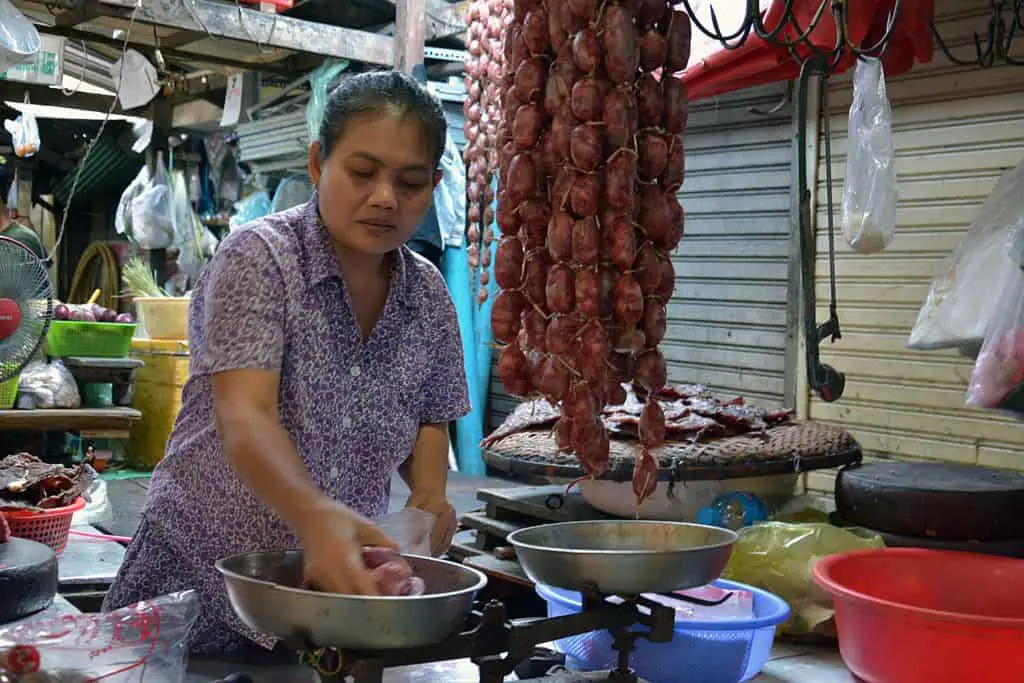
Cambodia has a very low cost of living. It ranks similarly to other parts of South Eastern Asia which are attractive to expats, backpackers, and digital nomads due to their high affordability.
From accommodation and transportation to food and experiences, Cambodia will give you value for your money.
Tuktuks are a popular and cheap form of transport, while bus rides alone are only $0.25! These are the typical living costs according to location:
> Read more: Cost of living in Cambodia.
| Location | Monthly: Rent (1 Bedroom Apartment) | Utilities (electricity, heating, water, etc) | Food | Public Transportation |
| Phnon Pehh | Central: $400-498Outside City: $262 | $100 | $279 | $15-30 |
| Siem Reap | Central: $215Outside City: $148 | $70 | $262 | $15-30 |
| Sihanoukville | Central: $400Outside City: $275 | $70 | $274 | $15-30 |
However, remember that this is just a general estimation. Actual cost of living rates will vary hugely according to your lifestyle.
As accommodation varies the most, the estimated monthly cost of living for a single person, without rent, is $590.
Your accommodation rates will vary depending upon factors like the city you live in, whether you are based centrally or outside the city center, apartment size, and your personal standard of living.
Internet Facilities in Cambodia
For digital nomads, the Internet is a must-have.
Although Cambodia is still behind our more developed countries, it has nonetheless become a popular destination for remote work. This is due to its affordability and rapid improvement in internet infrastructure.
Coverage, Speed, and Reliability
Internet speeds in Cambodia will vary according to your provider, package, and exact location. Some rural parts of the country still have very limited connectivity.
As a digital nomad, your best bet is sticking to urban areas to ensure better coverage, speed, and reliability.
The following table outlines the average internet speeds recently found in different regions. Be aware that broadband, mobile and public Wi-fi options differ, and that most rates improve frequently, so the below is only a rough guide.
| Location | Average speed (Mbps) |
| Phnon Pehh | 22-27 Mbps |
| Siem Reap | 23-28 Mbps |
| Sihanoukville | 24-28 Mbps |
Cambodia also suffers frequent outages or slow-downs, so internet reliability varies highly.
Be sure to research how sufficient and available each provider’s support/repair options are! Customer service reputations matter when it comes to assistance during a possible outage. Fibre is highly recommended to avoid high-user traffic.
Internet Providers in Cambodia
Internet speed in Cambodia is lower than in many developed countries, with an average fixed broadband speed of around 22 Mbps.
In The Global Internet Speed Index, Cambodia ranked 130 in the world according to Speedtest.
There is however a large range of fixed broadband internet providers. You can expect to spend around $25 per month for decent wifi, with higher prices reflecting faster internet speeds and services.
Sinet, EZECOM, and MekongNet show the fastest download speeds of Cambodia providers recorded this year, at an average of 30-50 Mbps.
Monthly fees change extremely often and vary vastly according to provider and package, so it’s best to contact them directly and compare recent quotes online.
Public Wi-Fi is also readily available in urban areas. Many Cambodian cafes now boast high-speed internet, but beware that security on unsecured networks could be an issue.
The weather in Cambodia
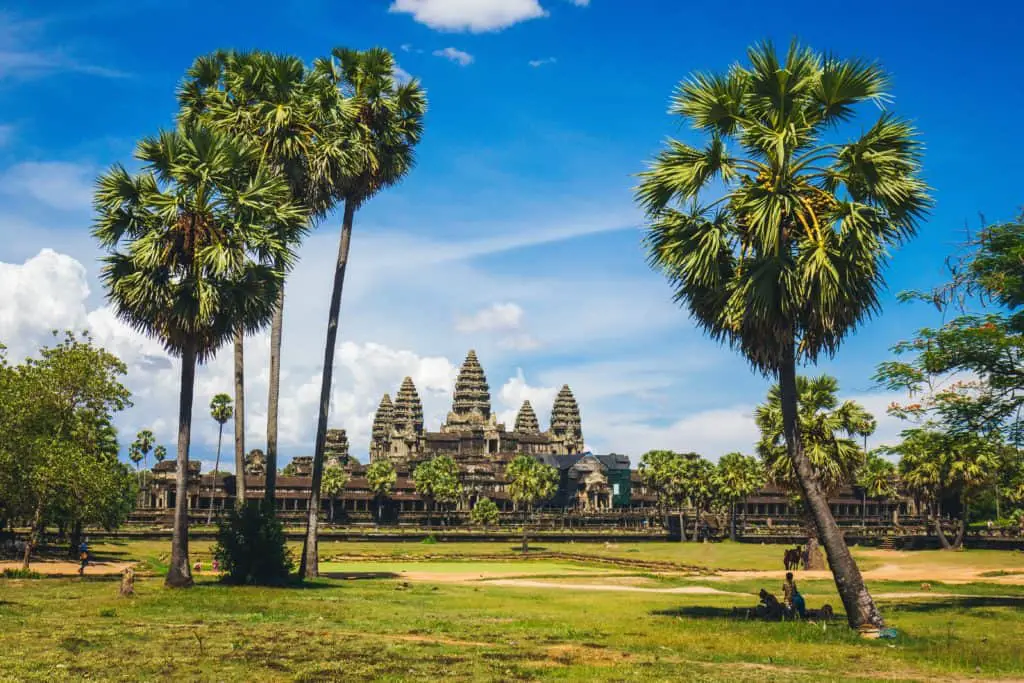
If you’re ready to skip Winter altogether, Cambodia is your best bet! The temperature stays very warm throughout the year, with some periods of extreme heat.
Cambodia’s tropical climate follows two main seasons: Monsoon and Summer. These can be interpreted by their combinations of cool, wet, and dry periods.
The cool and dry season ranges from November – February, as there is very little rainfall.
Although it’s the ‘cooler’ season, it is still very warm, with the average temperature of around 27°C at its lowest of the year. February is the least humid month, at around 71%.
The heat or ‘Summer’ season begins around March, and peaks in April at an average of 31°C.
This can climb as high as 35-40°C in some areas, so you’d better have access to air conditioning! May and June are hot and wet, so you’ll likely feel the most discomfort then.
The wet season ranges from June to October, with between 135 to 255mm of monthly rainfall. September is the most humid month, at around 84%. The heat begins to drop from here until the country is back in its cool and dry season.
| Month | Average temperature (°C) | Average precipitation (mm / days) |
| January | 27 | 7mm, 1 day |
| February | 28 | 10mm, 1 day |
| March | 30 | 40mm, 3 days |
| April | 31 | 75mm, 6 days |
| May | 30 | 135mm, 14 days |
| June | 29 | 155mm, 15 days |
| July | 29 | 170mm, 16 days |
| August | 28 | 160mm, 16 days |
| September | 28 | 225mm, 17 days |
| October | 28 | 255mm, 19 days |
| November | 27 | 125mm, 9 days |
| December | 27 | 45mm, 4 days |
Hiking and camping season
December to February is regarded as the best time of the year in Cambodia. This period receives maximum tourists and heightened activity, resulting in higher prices for outdoor activities.
If you want to explore the country — hitting picturesque villages and beautiful shorelines — this is the most popular time to do so. Go hiking or camping along with your friends, light a bonfire, and enjoy the nights with this time of year’s ideal combination of warm and dry weather!
Finding places to stay in Camodia
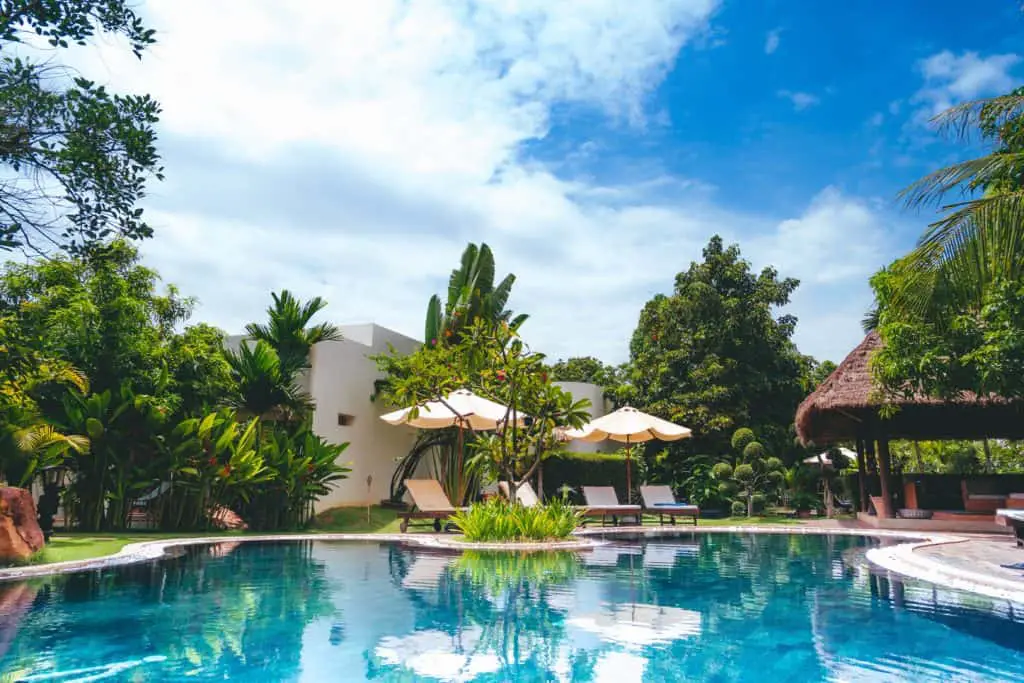
Accommodation in Cambodia is aplenty, cheap, and great value for your money!
You can find hotels with world-class amenities at extremely affordable rates. The main cities like Phnom Penh, Battambang, and Siem Reap have numerous hotels, hostels, and Airbnb homestays to choose from.
Alternatively, rented accommodations are cheap and easy to find. They are ideal for more long-term stays.
Best places in Cambodia for digital nomads
Phnom Penh
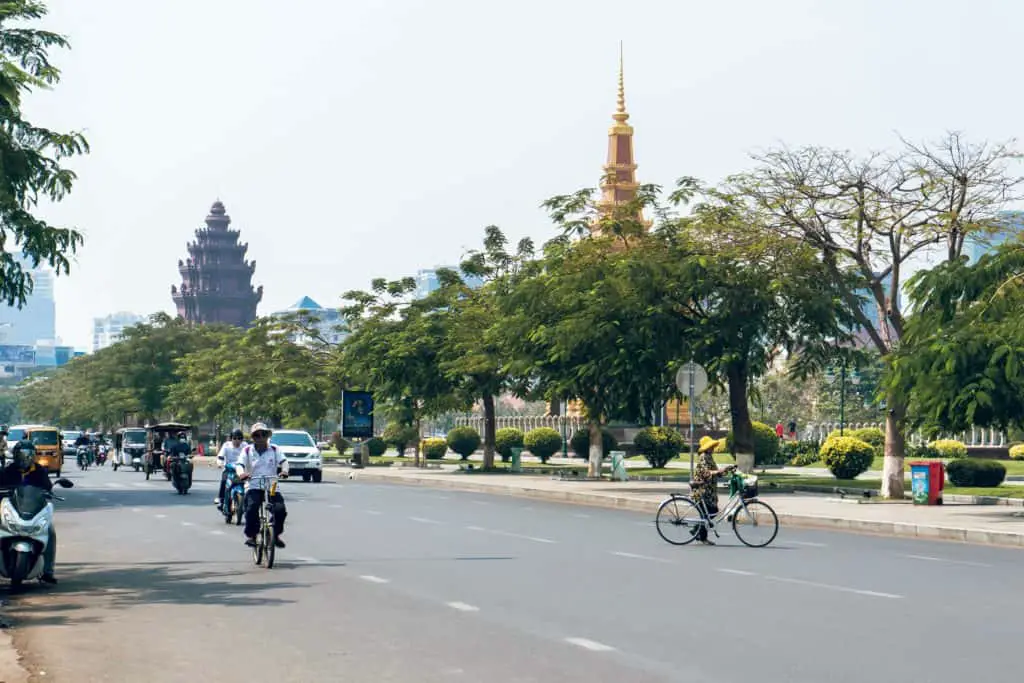
Big city-goers: this one’s for you. Cambodia’s capital has the largest population with over 2 million people.
Sitting at the junction of the Mekong and Tonlé Sap rivers, Phnom Penh is the place to be if you are (or aspiring to be) a digital nomad.
Walk by and you will find several bars and cafes along the same riverside where you can sit, enjoy the view, and have a good cup of coffee.
Be it imported products, happening city life, or a massive expat population, Phnom Penh has the best big-city experience Cambodia has to offer.
Standing beside the river, the Royal Palace and the Siver Pagoda are major tourist attractions. Many of Cambodia’s historical sites, such as the Killing Fields, are located here.
For digital nomads, there are many popular high-speed internet cafes with great ambiance, also known as ‘cybercafes’.
Some of the many top picks include Starbucks Reserve, 95 Degree Coffee and Bakery, Temple Cafe, Noir TK, D-roar Cybercafe, Gloria Jean’s Coffees, and Joma Bakery Cafe.
If you want to buy absolutely anything, proceed to the Art Deco Central Market located at the heart of the capital city. The market is massive, beautifully designed, and a landmark shopping center.
| PROS | CONS |
| – Capital city = digital nomad capital! – Markets and shopping centers – Rich, historical sites (architecture, Royal Palace, Prisons, Killing fields, etc) – Riverside scene – Extensive public transport system & international travel ease | – Traffic congestion – City noise & pollution – Tourist & local crowds – Crime rates higher – Not a coastal city, so lacks a beach atmosphere |
Siem Reap
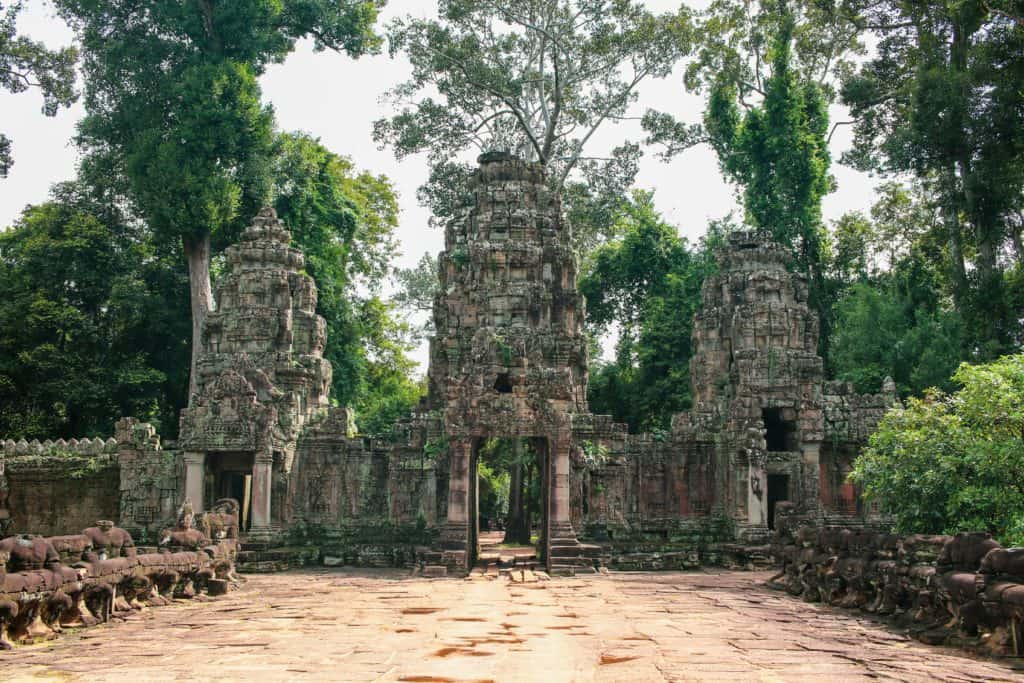
Located in northwestern Cambodia, Siem Reap is the gateway to the famous Angkor Wat Temple dating back to the Khmer Empire. Because of their star attraction, Siem Reap tends to be the tourist hotspot.
Although known as a more laid-back, culture-centric, and low-key city, Siem Reap boasts a number of resorts, boutique hotels, museums, and galleries, and the Pub Street displays vibrant nightlife.
The old French Quarter is full of restaurants that offer diverse Cambodian and international foods.
For digital nomads, these are a few of the popular, ambient high-speed internet cafes around: Common Grounds Cafe, Biolab (coworking space & cafe), The Bean Embassy, Cafista, Noir Coffee, and The Little Red Fox.
| PROS | CONS |
| – Angkor Wat/temple – Culture-centric atmosphere, retaining Cambodian traditions – Nightlife (bars and clubs) & diverse cuisine – Smaller city = walkable | – Not a coastal city either, so lacks a beach atmosphere – Tourist crowds for Angkor Wat – Less diverse activities / site-seeing options |
Sihanoukville
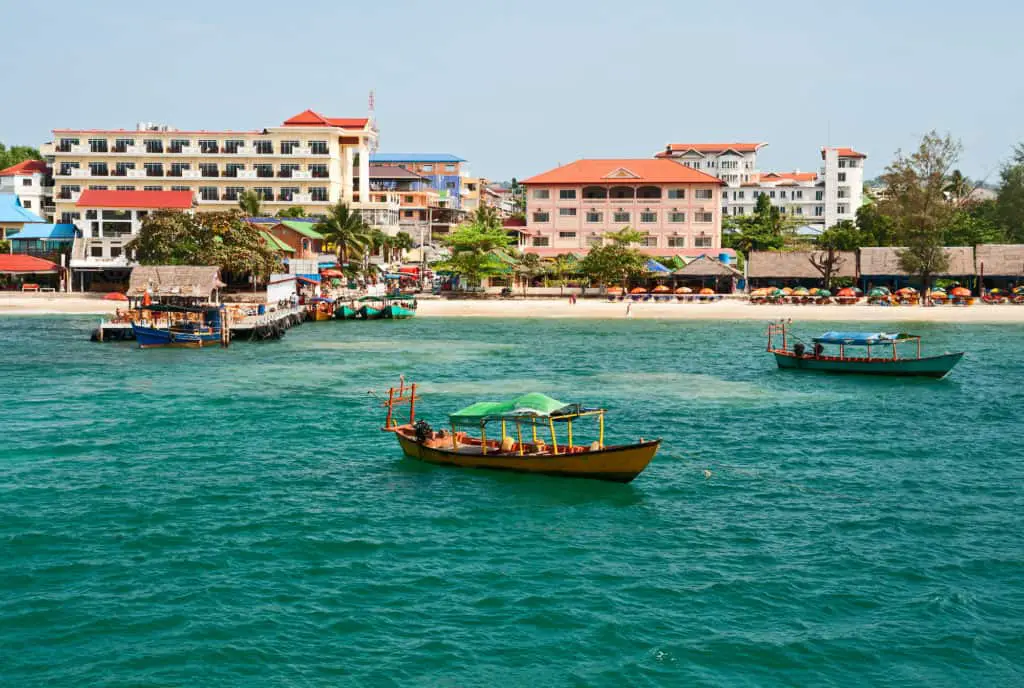
Sihanoukville, once a small fishing town, is the capital of southeast Sihanoukville Province with over 300,000 inhabitants.
This coastal city is full of beaches and marshlands and is considered a gateway to some of Cambodia’s most idyllic islands. There used to be a flourishing diving scene, but dynamite fishing has made the activity a risky affair.
Unfortunately, due to industrial expansion, a lot of the city is covered in building sites (as well as casinos). However, if you’re more focused on the never-ending sealines and nearby island access, Sihanoukville is your place.
| PROS | CONS |
| – Coastal city/beaches – Cleaner air than bigger cities – Nearby island access (such as Koh Rong) – Close (driveable) to the capital Phnom Penh | – Construction overdevelopment / many infrastructure issues – Less of a digital nomad community |
Ways to find a place in the country
Hostels
Hostels are cheap in Cambodia and can be found in any of the cities. They usually cost only around $5-10 per bed and are well-equipped with shared amenities.
The best hostels are clean and social. offering a commonplace for meeting other travelers, eating affordable food, and enjoying an inclusive backpackers’ environment.
Some cheap, popular, and highly-rated hostels across Cambodia include The Funky Village, Mad Monkey, Onederz, and Bokre Angkor Hostel. However, there are a huge number to choose from wherever you go!
Airbnb
Airbnb is the go-to for travelers finding accommodation anywhere — particularly for private properties within any price range.
Airbnb offers some of the best places in Cambodia at affordable prices. You can find great apartments and neighborhood buildings that offer temporary rentals to suit any of your specific needs.
However, before renting places on Airbnb, make sure to do your research. Check previous reviews (low and high), and contact the owners directly with questions.
There are many digital-nomad-friendly options on Airbnb. These are catered specifically to remote workers by, for example, including communal meeting spaces, private amenities, high-speed free wifi, and quiet surroundings.
Here are some examples of popular ‘superhost’ rentals in Cambodia:
- Digital Nomads work base Phnom Penh Olympia City
- Digital nomad worker, Phnom Penh(BKK), Cambodia
- Centrally located 1-bedroom condo with giant pool
- Royal Park North West View – Ideal for long stays
- Friend of Nature Homestay
Nightly versus monthly rates vary, depending on current demand and tourist seasons. Be aware that prices will change according to the time of year, so be sure to book in advance!
Booking Airbnb for a long period gives you an extra discount for the total booking. Go for them (rather than hotels) if you are staying for longer than a few days!
Facebook groups
Head over to the online Facebook groups and look for recent accommodation posts in your region. You can fast-track the scrolling process by filtering keywords according to your requirements.
Some active Facebook groups for discovering housing options are:
- Phnom Penh Housing (23k members)
- Siem Reap housing (1k members)
For rented accommodation, expats generally live around the Bkk-1, Bkk-2, and Bkk-3 neighborhoods — but you can live anywhere you want! Check out these expat pages:
- Expats and locals living in Siem Reap, Cambodia (64k members)
- Cambodia Digital Nomads & Residents (1.5k members)
- Expats Cambodia (28k members)
Where can you meet other digital nomads in Cambodia?
To connect with other digital nomads, consider joining a Facebook page, online forum, or traveler’s website.
Facebook hosts many groups for those new to Cambodia. By typing in “Digital Nomads” or “Remote Workers” along with the specific Cambodian region you live in, you can request to join as many of the groups that pop up as you’d like.
If you don’t use social media, there are plenty of other online resources dedicated to connecting travelers such as Nomadlist and Meetup.com.
Remain vigilant, of course, by meeting anybody in a public or group setting or by connecting only with mutuals.
Diverse and Delicious Food in Cambodia
Cambodia’s culinary scene reflects the country’s Khmer history and Southeast Asian influences where rice, fish, and seafood dominate.
While it may not be as internationally renowned as some of its neighbors, Cambodian cuisine is an absolute treasure trove.
Many meals combine tastes such as sweet, sour, and salty within single meals. Let’s start with the most popular dishes:
- Amok (steamed coconut fish curry)
Freshwater fish, coconut milk, and curry paste create this national dish. It is steamed and served in banana leaves, with a beautifully induced coconut aroma. You can even substitute the fish with snails!
- Kuy teav (Noodle soup)
Cambodia’s beloved noodle soup is popular at street food stalls. It tends to be beef, fishballs, or pork and is garnished with green onions, shallots, and sprouts.
- Num Pang (baguette)
(Similar to Vietnamese cuisine’s ‘banh mi’, Num Pang is Cambodia’s version of a baguette-style sandwich. It typically includes grilled meat with pickled vegetables and herbs.
- Lok Lak (stir-fry)
This traditional stir-fry is made with marinated meat and vegetables, and perfected by stir-frying with lime, garlic, soy sauce, and oyster sauce.
- Samlar machu (Sour soup)
Cambodia’s sour soup is a tradition showcasing Cambodia’s penchant for harmonizing contrasting tastes!
The meat is cooked in a sour broth base, using lime and tamarind to do so and with fish and spice pastes added in for good measure. It can include a huge variety of vegetables and herbs.
Cambodia’s Endless Entertainment Options
Cambodia hosts a huge variety of entertainment options, from nature-based to historical architecture to the performing arts. Aside from the free entertainment of Cambodia’s incredible Mother Nature, discover some of the most popular Cambodian experiences below:
- Angkor Way: Cambodia’s iconic temple cannot be skipped. Tourists flock here year-round – and for good reason! A UNESCO World Heritage Site that offers a worthwhile nighttime history show.
- Night markets: a vibrant, bustling (and notably loud!) nighttime blend of tents and stalls, colorful lights, international street foods, and other shoppers’ goods.
- Phare Ponleu Selpak Circus and Art School: Acrobatics, theatre, music, and art! This story-telling circus in Siem Reap features traditional Cambodian circus performances.
- Apsara Dance Performances: Apsara dance is a graceful and delicate Khmer dance form.
Many Cambodian restaurants offer traditional dining experiences with Apsara dance performances — a memorable immersion into two facets of Cambodian culture.
- Nightlife: Hit the clubs, bars, and casinos of the big cities that stay open till the early hours! You’ll experience cheap drinks and great live entertainment.
How safe is Cambodia for digital nomads?
Recent crime statistics indicate that Cambodia has a moderate-high crime rate, as it is considered less safe than its more developed neighboring countries.
According to the Crime Index, the crime rate in Cambodia is 5.83, ranking 52nd worldwide. In terms of specific crimes, Cambodia experiences higher levels of violence, illegal logging (deforestation), theft, human/drug trafficking, and financial crime.
Despite authority interventions, military weapons are unfortunately readily accessible to criminals.
Burglary and theft are most common in the cities and beaches. If you are going out, always lock your home and keep windows shut. In public, hold on to your belongings securely to reduce chances of being pickpocketed.
The cities are not safe for everyone, particularly at night or if traveling alone. As such, always exercise vigilance! Adequate precaution will keep you and your valuables safe.
Health and medical considerations
Be sure to book your vaccinations before traveling to Cambodia! Food and waterborne diseases are especially prevalent.
Healthcare is relatively affordable in Cambodia. General medical procedures are much cheaper than in the U.S.
Public hospitals are however quite underdeveloped and limited due to restricted access to modern medicine, research, and technology.
This is less of an issue at the city’s private hospitals (which are more expensive); however, these are unavailable in rural areas.
Counterfeit medicine has been a common criminal issue, but on a positive note, dedicated committees have been very successful in seizing these in urban areas.
Consider obtaining comprehensive health insurance that covers international medical services, as well as emergency evacuation services.
If local healthcare can’t provide the necessary treatment, you will be transported to a facility that can. It is advised to seek treatment in neighboring countries such as Vietnam or Thailand. The local emergency number is 119.
Conclusion
Cambodia has earned its place as a burgeoning digital nomad hotspot. With steady improvements to wifi speed, healthcare, and city infrastructure, it may soon give its more mainstream neighbors a run for their money!
For remote workers seeking a unique blend of cultural experience, tropical weather, extremely affordable living costs, and diverse cuisine, Cambodia is a top travel pick.
The estimated monthly cost without rent is $590, but keep in mind that this varies hugely according to your lifestyle, region, and accommodation choices.
Vigilance is essential across Cambodia as crime rates are relatively high, especially in urban areas. As a digital nomad, it is also crucial that you prioritize regions with higher-speed wifi and outage services, as well as accessible healthcare.
Cities like Phnom Penh, Siem Reap, and Sihanoukville are your best bet in connecting with the digital nomad community. You can find cheap but high-quality accommodation options in either of these cities.
For busy city-goers used to the bustle and grind, it’s hard to go wrong with the famous capital Phnom Penh!
Downsize the population but increase the ‘culture-centric’ atmosphere and you’ll get the nearby city of Siem Reap.
For those who prefer a workspace backdrop of neverending beaches and idyllic island access, the coast of Sihanoukville is for you.
Cambodia presents a unique and enchanting opportunity for those seeking a burgeoning digital nomad scene. No matter what you do for work, you’re bound to find a suitable backdrop in this Southeast Asian gem!


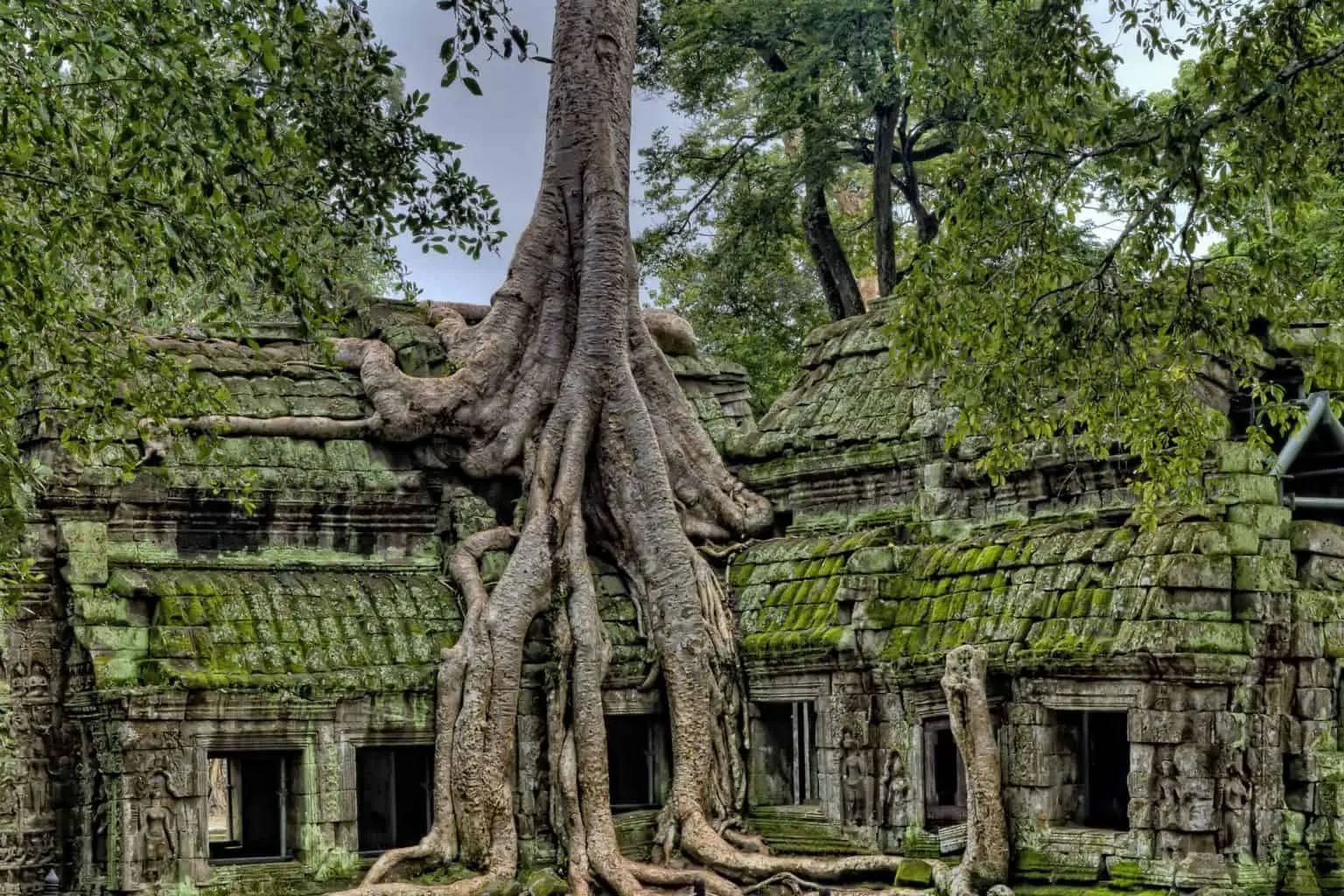

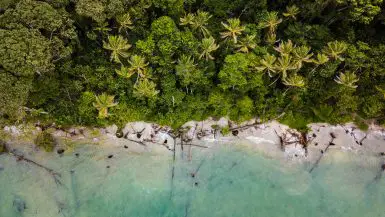

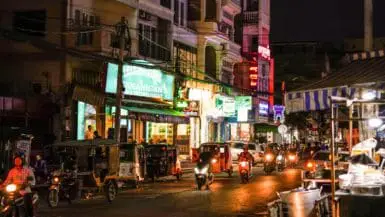
Leave a reply